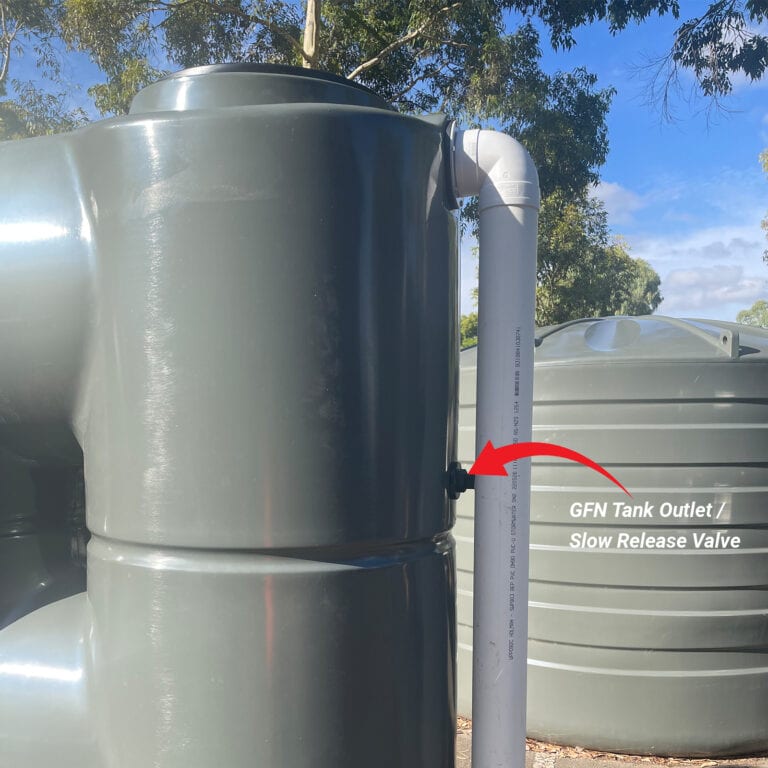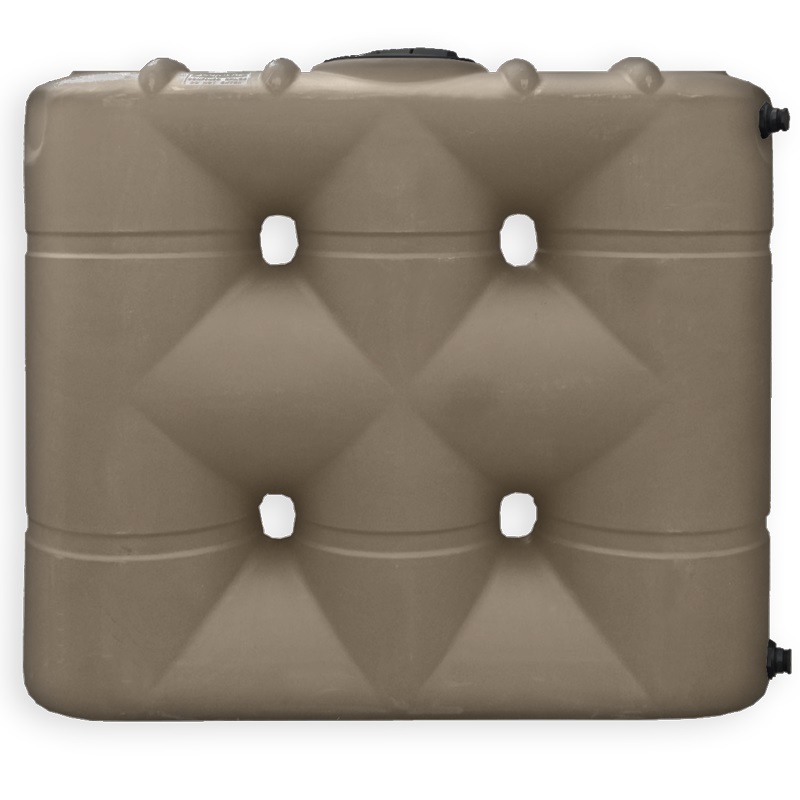Comprehending the Importance of Rainwater Tanks in Drought-Prone Regions for Water Security
In regions prone to long term droughts, the duty of rain storage tanks in strengthening water protection is a subject of expanding significance. As communities come to grips with the obstacles of water shortage, understanding the value of these tanks goes beyond plain collection of rainwater. Rain containers function as a vital device in mitigating the impact of water shortages by giving a lasting source of water for various demands. The real value of rain containers prolongs far past plain storage; it encompasses resilience-building procedures and the promotion of long-lasting water conservation approaches. This multifaceted approach to water security warrants a more detailed examination of the duty rain containers play in making certain a reliable supply of water during times of drought.
Benefits of Rainwater Tanks
Utilizing rainwater containers supplies a sustainable option for enhancing water system and improving water safety in property and industrial setups. Among the primary benefits of rain storage tanks is their capability to decrease dependency on keys water system. By catching and storing rain that drops on rooftops, this alternate source can be used for different non-potable objectives such as watering, flushing bathrooms, and cleaning garments. This not only saves treated drinking water however additionally lowers water expenses for individuals.

Rainwater Harvesting Methods
Rain gathering techniques encompass a variety of approaches created to efficiently collect and store rain for different functions, adding to water preservation and sustainability. One typical strategy is the installment of rooftop catchment systems, where rain is accumulated from the roofing system of a building and routed to a storage space tank. This technique is relatively easy and cost-efficient. An additional popular strategy is making use of above-ground or underground tank to save rain for later use. These containers can be found in numerous sizes and products to fit various needs and can be connected to the existing plumbing system for very easy accessibility.

Additionally, rainfall gardens and absorptive pavements are ingenious methods that entail landscape design or paving surfaces in such a way that enables rainwater to percolate right into the ground, replenishing groundwater books. Furthermore, shape farming and terracing are agricultural methods that help catch rain and protect against soil erosion in uneven terrain. By carrying out these diverse rainwater harvesting methods, communities can enhance water safety and security and strength in drought-prone areas while promoting lasting water monitoring techniques.
Significance of Water Safety
Making certain trusted access to clean and adequate water resources is vital for sustaining human health and wellness, economic growth, and environmental health. Water safety this content and security is an important aspect of social resilience, particularly in regions at risk to droughts and water shortage. Ample water safety incorporates various dimensions, including accessibility, quality, and accessibility of water for domestic, agricultural, commercial, and environmental demands.
Water safety plays a vital function in advertising public health and wellness by reducing the frequency of waterborne diseases and making certain hygiene facilities. Financially, water safety and security is vital for agricultural productivity, industrial procedures, and general economic growth. Slimline water tanks. Water protection is closely linked to environmental sustainability, as it supports environments, biodiversity, and general environmental equilibrium.
In drought-prone areas, water security becomes much more important because of the enhanced risk of water scarcities. Executing methods like rainwater harvesting, water recycling, and efficient water monitoring techniques can substantially enhance water protection in these locations. By prioritizing water security, why not try here areas can much better withstand the impacts of climate adjustment, population development, and various other challenges that intimidate water availability.
Enhancing Water Durability
With raising global water difficulties, constructing resilience in water supply has come to be a critical focus for lasting development efforts. Enhancing water durability includes applying methods to ensure water accessibility and top quality despite transforming ecological conditions, such as droughts, floods, and pollution.
One secret element of improving water durability is promoting using rainwater tanks in drought-prone regions - Slimline water tanks. Rainwater tanks act as a reliable methods of catching and storing rain for later use, minimizing reliance on limited freshwater resources throughout completely dry durations. By including rainwater harvesting systems into water management strategies, communities can enhance their ability to endure water scarcity and keep water protection

Lasting Water Conservation
Among intensifying water challenges, the prudent monitoring of water resources through lasting conservation techniques is essential for ensuring long-term ecological stability and societal wellness. Sustainable water preservation involves the efficient use of water resources to satisfy existing needs without compromising the ability of future generations to meet their very own requirements. By carrying out methods such as rain harvesting, greywater recycling, and water-efficient technologies, neighborhoods can lower water wastefulness and ease pressure on freshwater resources.
Furthermore, sustainable site link water preservation methods add to ecosystem health by keeping appropriate water degrees in rivers, lakes, and marshes, supporting biodiversity, and preserving natural environments. These techniques additionally play an important role in reducing the influences of environment modification by aiding to adjust to changing precipitation patterns and water availability.

Conclusion
To conclude, rain storage tanks play an important role in enhancing water protection and durability in drought-prone areas. By utilizing rainwater harvesting techniques, communities can lower their dependence on standard water sources and advertise sustainable water conservation practices. This not just aids minimize the influences of water scarcity during droughts yet likewise contributes to long-term water safety and strength in the face of environment change difficulties.